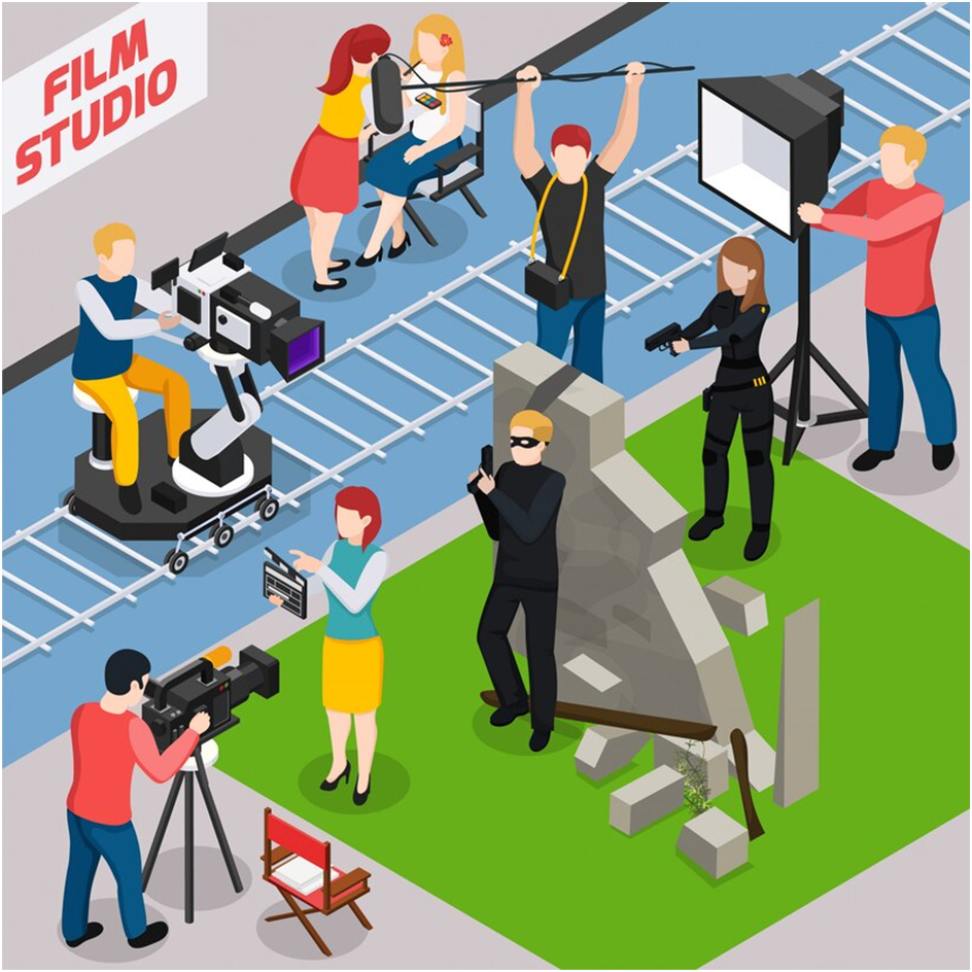Cinematography is a vital portion of the filmmaking procedure. It includes using various video camera techniques and video production to describe the acts in the film visually. These pictures involve audiences and direct their attention to definite ideas that the filmmaker desires them to see.
Understanding the various cinematography techniques allows you to create an impressive, and professional-looking videos. In this article, we will review seven different cinematography techniques.
Long Shot
The camera’s distance from its theme also imitates an expressive distance. Compared to when they are closer, the audience becomes less emotionally invested in what is happening.
In a way, it makes audiences an unplanned spectator, somewhat indifferent to what’s happening. In a combined arguing scenario, the viewer is left with only the significant blow-ups, losing the facts of their argument. You don’t know precisely what is happening, but something is happening.
Medium Shot
This is one of the most common shots used in films. It’s frequently used to create an original act or scene. A medium shot captures the dialogue between two or more persons and shows the characters exchanging some information.
The medium shot is also famous for meetings in documentary films. The watcher can understand the characters carefully – from the knees up to the waist up. It’s likely to see their body language and facial language.
Tilt Shot
A tilt shot is a kind of cinematography that resembles a panning shot. In a scene, the camera stays in one place and moves vertically up and down. You can use this kind of vertical camera movement to create a position, familiarize a character, or expose the luxury of an act. It can also generate a psychological sense of a character’s power or weakness or follow the action over a considerable distance.
Panning Shot
Panning shots are the tilt shots’ horizontal equivalent. They can be used basically to display the environments. However, professionals can achieve precise and accurate results by maintaining smooth panning, especially with movement and a thoughtfully arranged final frame.
Remember, to avoid detracting viewers from the narrative, these movements must be carefully performed to appear natural and nearly unnoticeable.
Close-up Shot
In this cinematographic technique, the camera moves around the characters’ heads to focus on their faces. The purpose of the close-up shot is to focus on the characters’ passions and make the audience empathize with them.
A close-up of a person laughing, looking nervous, or expressing irritation is an example of this process. Cinematographers also uses the close-up shots to draw attention to vital facts in the story. For instance, in a combined arguing scenario, the viewer is left with only the significant blow-ups, losing the facts of their argument.
Master Cinematic Lighting
Of the basics creates the cinematography art, lighting that cannot be understated. You cannot have an image without light. These are only a few of the numerous lighting-related cinematic techniques.
You should know the fundamentals of film lighting, including light’s potential, cinematography terms, and ideas more like practical lighting vs. motivated lighting.
Over-the-Shoulder Shot
This shot is acquired from over the shoulder of one of the characters and reveals the other to the audience. When someone else is in focus, the person in the foreground’s head and shoulder get out of focus.
The over-the-shoulder shot is one of the most vital techniques in filmmaking and video production. It exposes the characters’ connections with each other so the observer can understand their contact. These shots are typically taken when the characters are having a discussion.
Have A Look :-


